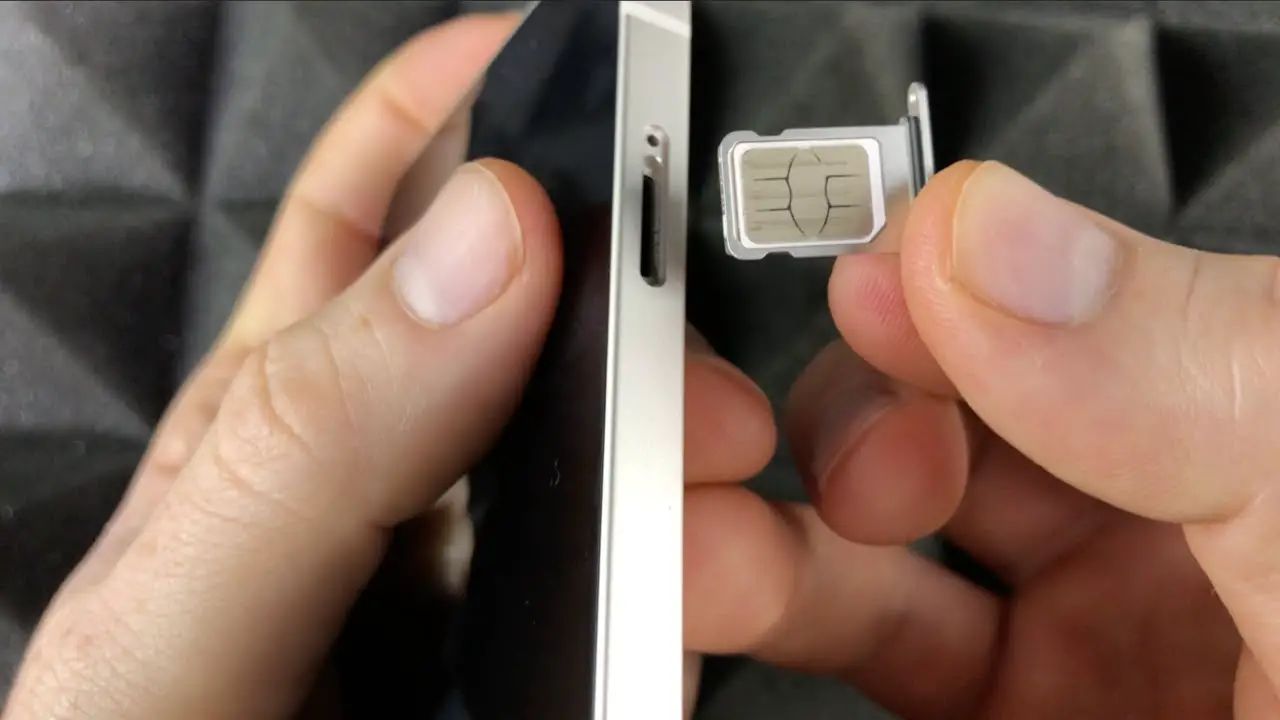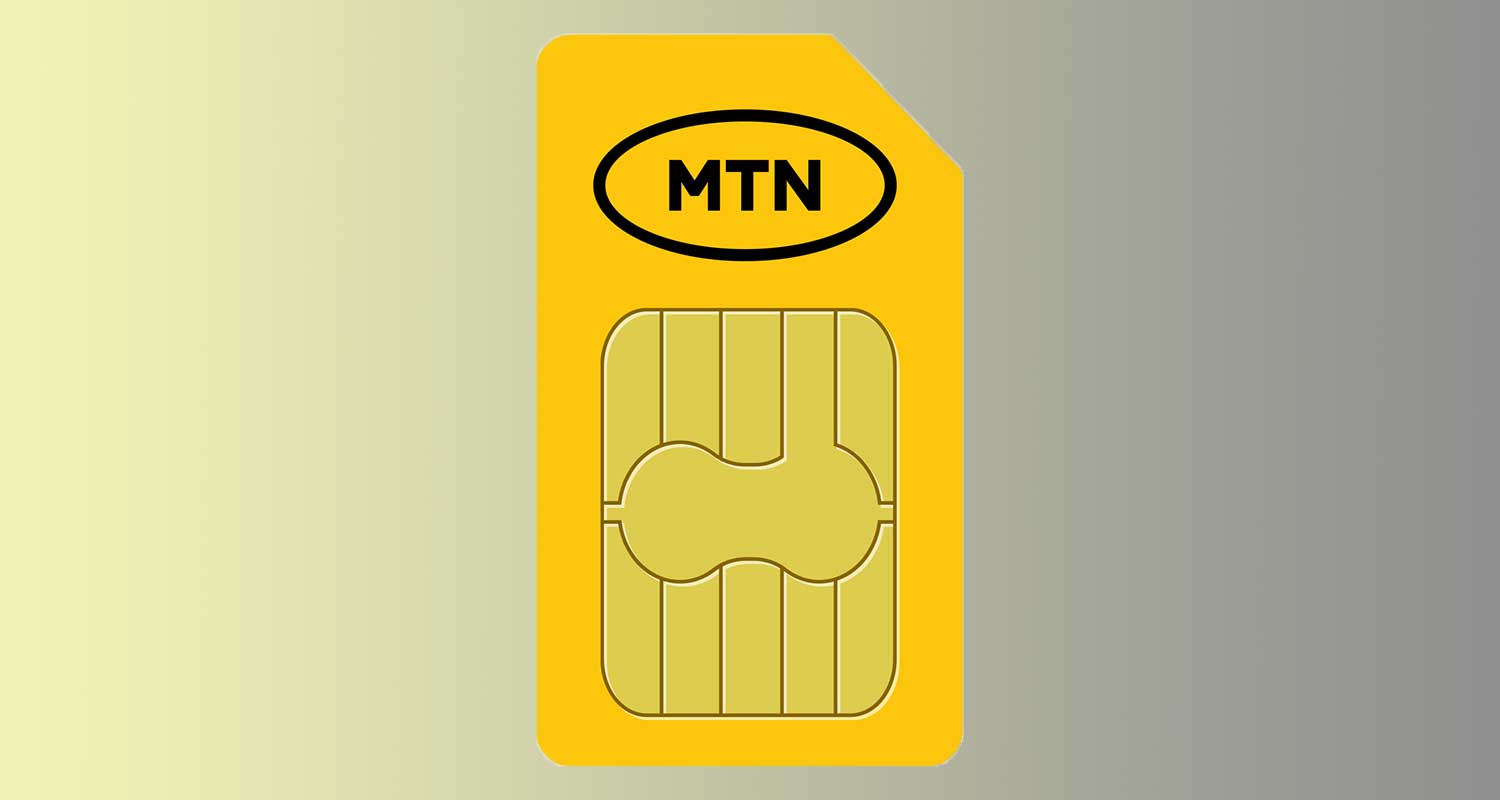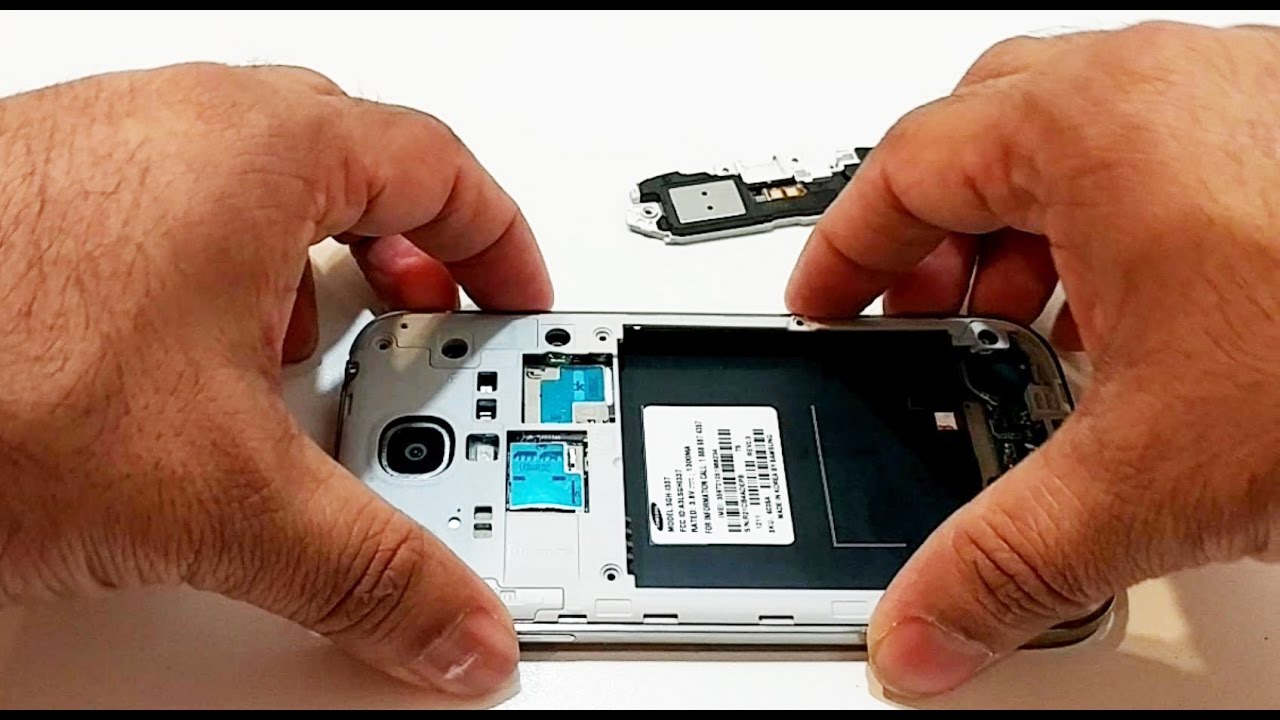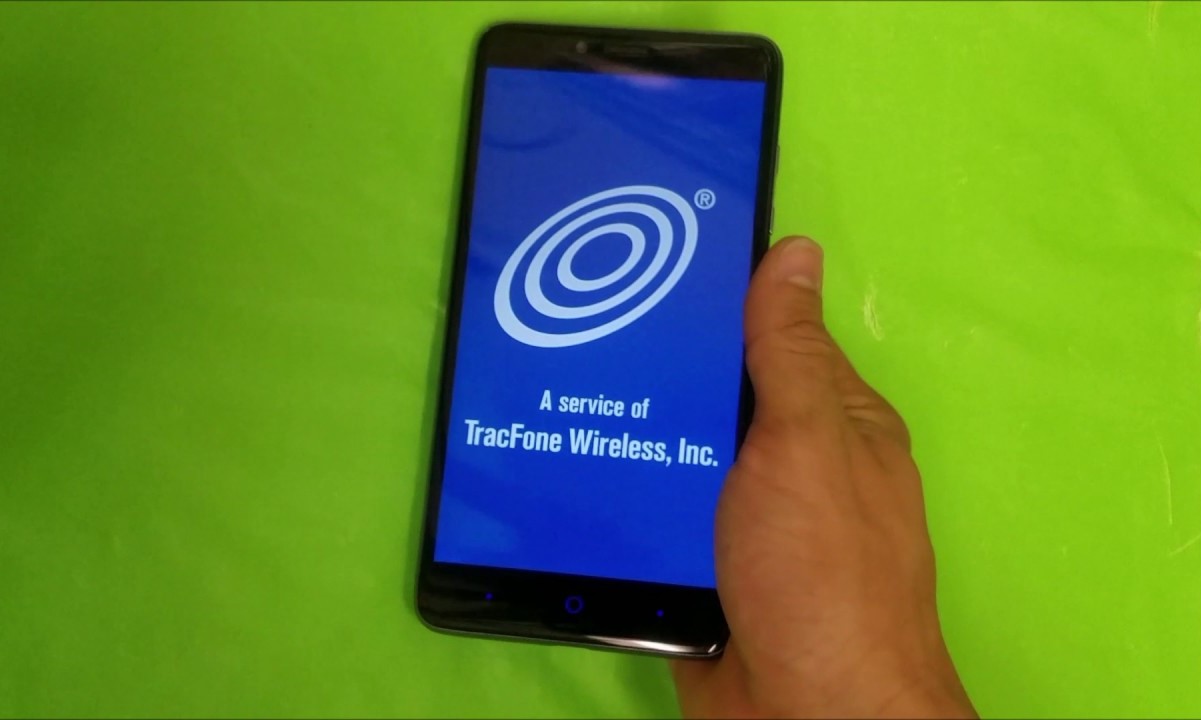Introduction
Encountering the frustrating "SIM Card Not Registered on Network" error on your mobile device can disrupt your communication and connectivity. This issue often arises unexpectedly, leaving users feeling perplexed and anxious about the potential causes and solutions. However, with the right guidance and troubleshooting steps, resolving this problem is entirely feasible.
In this comprehensive guide, we will delve into the intricacies of the "SIM Card Not Registered on Network" error, offering practical advice and actionable solutions to help you regain seamless access to your mobile network. Whether you're an experienced mobile user or a novice encountering this issue for the first time, this guide aims to equip you with the knowledge and tools necessary to address the problem effectively.
Stay tuned as we explore the underlying reasons for this error, unravel the troubleshooting steps, and provide insights into optimizing your mobile device's settings and software to alleviate the "SIM Card Not Registered on Network" issue. By the end of this guide, you'll be empowered with the expertise to overcome this obstacle and restore your mobile device's connectivity.
Let's embark on this journey together, unraveling the complexities of mobile network errors and discovering the solutions that will enable you to reclaim uninterrupted access to your network.
Understanding the Issue
The "SIM Card Not Registered on Network" error can be a perplexing and disruptive occurrence for mobile device users. This issue typically manifests as a notification or error message on the device, indicating that the SIM card is not recognized by the network. When faced with this error, users may find themselves unable to make calls, send text messages, or access mobile data, significantly impeding their ability to stay connected and productive.
Several factors can contribute to the emergence of this error. It may stem from a faulty SIM card, network coverage issues, outdated software, or misconfigured phone settings. Understanding the root causes of this error is crucial in formulating an effective resolution strategy.
One common cause of the "SIM Card Not Registered on Network" error is a malfunctioning or improperly inserted SIM card. Physical damage to the SIM card or the SIM card tray can hinder its proper recognition by the device, leading to the display of this error message. Additionally, if the SIM card is not inserted securely or is incompatible with the device, it may trigger this error.
Network coverage and signal strength also play a pivotal role in the functionality of the SIM card. In areas with poor network coverage or during network congestion, the device may struggle to establish a stable connection with the network, resulting in the "SIM Card Not Registered on Network" error. Moreover, changes in network settings or disruptions in the network infrastructure can impact the device's ability to register the SIM card on the network.
Outdated software on the mobile device can introduce compatibility issues that affect the recognition and registration of the SIM card on the network. Software updates often contain bug fixes and enhancements that address connectivity-related issues, making it essential to ensure that the device's software is up to date.
By comprehensively understanding the multifaceted nature of the "SIM Card Not Registered on Network" error, users can approach the troubleshooting process with clarity and confidence. With this foundational knowledge, we can now delve into the practical steps and solutions aimed at resolving this vexing issue.
Troubleshooting Steps
Resolving the "SIM Card Not Registered on Network" error entails a systematic approach that addresses potential hardware, software, and network-related issues. By following these troubleshooting steps, you can effectively diagnose and resolve the underlying causes of this error, restoring seamless connectivity to your mobile device.
-
Check SIM Card and Phone Settings: Begin by ensuring that the SIM card is securely inserted into the designated slot on your device. If the SIM card has been dislodged or is not making proper contact with the device's SIM tray, reseating it may rectify the issue. Additionally, navigate to the device's settings and verify that the SIM card is recognized and enabled. In some cases, toggling the airplane mode on and off can reestablish the connection between the device and the network.
-
Update Software: Keeping your device's software up to date is crucial for addressing compatibility issues that may lead to the "SIM Card Not Registered on Network" error. Check for available software updates in the device settings and ensure that the latest version is installed. Software updates often contain bug fixes and optimizations that can improve the device's connectivity and network registration capabilities.
-
Check Network Coverage: Assess the network coverage in your current location. Poor signal strength or network congestion can impede the device's ability to register the SIM card on the network. If possible, move to an area with better network coverage and observe whether the error persists. Additionally, restarting the device or performing a network reset may help reestablish a stable connection to the network.
-
Contact Service Provider: If the troubleshooting steps above do not resolve the issue, it may be beneficial to reach out to your service provider for further assistance. The service provider can perform remote diagnostics, verify the status of your SIM card and network connection, and offer tailored solutions to address the "SIM Card Not Registered on Network" error. They may also provide insights into any network-related issues that could be affecting your device's connectivity.
By diligently following these troubleshooting steps, you can systematically address the potential causes of the "SIM Card Not Registered on Network" error, ultimately restoring seamless connectivity to your mobile device. Remember that patience and persistence are key when navigating through the troubleshooting process, and seeking assistance from your service provider can provide valuable insights and tailored solutions to address this error.
Checking SIM Card and Phone Settings
Ensuring that the SIM card is properly recognized and configured within the phone settings is a fundamental step in addressing the "SIM Card Not Registered on Network" error. This process involves a comprehensive assessment of the physical integrity of the SIM card, its secure insertion into the device, and the verification of relevant phone settings to facilitate its seamless functionality.
Begin by inspecting the physical condition of the SIM card. Check for any signs of damage, such as scratches, cracks, or dents, which could impede its proper recognition by the device. If physical damage is detected, consider obtaining a replacement SIM card from your service provider to eliminate this potential cause of the error.
Next, ensure that the SIM card is securely inserted into the designated slot on your device. Power off the device and carefully remove the SIM card tray using the provided tool or a small pin. Gently remove the SIM card from the tray and inspect it for any debris or foreign particles that may hinder its connectivity. After confirming its cleanliness, reinsert the SIM card into the tray, ensuring that it aligns with the designated grooves and contacts. A secure and proper insertion is essential for establishing a stable connection between the SIM card and the device.
Once the SIM card is reinserted, power on the device and navigate to the phone settings to verify its recognition. Access the "SIM card settings" or "Network settings" section, where you can confirm the status of the SIM card and its associated network connectivity. Ensure that the SIM card is enabled and that the device recognizes its presence. Additionally, check for any network-related settings, such as network mode selection and roaming options, to ensure that they are configured appropriately for your network provider.
In some instances, toggling the airplane mode on and off can effectively reestablish the connection between the device and the network, resolving transient connectivity issues. This simple yet effective step can prompt the device to re-register with the network, potentially alleviating the "SIM Card Not Registered on Network" error.
By meticulously examining the SIM card's physical integrity, ensuring its secure insertion, and verifying the relevant phone settings, you can lay a solid foundation for addressing the error. This proactive approach sets the stage for further troubleshooting and optimization, positioning you closer to a successful resolution of the "SIM Card Not Registered on Network" issue.
Updating Software
Keeping your mobile device's software up to date is a critical aspect of maintaining optimal performance and addressing potential compatibility issues that may lead to the "SIM Card Not Registered on Network" error. Software updates, often released by the device manufacturer or network carrier, contain essential bug fixes, security patches, and optimizations designed to enhance the device's functionality and connectivity.
To initiate the software update process, navigate to the device settings and locate the "Software Update" or "System Update" section. Upon accessing this section, the device will check for available updates, and if a new version is detected, you will be prompted to download and install it.
It is important to note that software updates can vary in size and complexity, and they may require a stable internet connection and ample battery life to ensure a smooth installation process. Therefore, it is advisable to initiate the update when the device is adequately charged and connected to a reliable Wi-Fi network to avoid potential interruptions during the download and installation.
Once the update is successfully downloaded, follow the on-screen prompts to initiate the installation process. The device will restart as part of the update procedure, and you may be required to wait for a few minutes while the new software version is applied. It is essential to refrain from interrupting the update process, as doing so could result in incomplete installation and potential software instability.
Upon completion of the update, the device will reboot, and you will have successfully installed the latest software version. By staying current with software updates, you ensure that your device is equipped with the latest enhancements and optimizations, including those specifically designed to address network connectivity and SIM card recognition issues.
In the event that the "SIM Card Not Registered on Network" error persists after updating the software, it is advisable to proceed with additional troubleshooting steps to further diagnose and resolve the underlying causes. While software updates are instrumental in addressing many connectivity-related issues, a comprehensive approach that encompasses both hardware and software considerations is often necessary to achieve a successful resolution.
By proactively maintaining your device's software through regular updates, you not only mitigate potential connectivity issues but also benefit from the latest features and security enhancements, ensuring a seamless and optimized user experience.
Checking Network Coverage
Assessing the network coverage in your current location is a pivotal step in troubleshooting the "SIM Card Not Registered on Network" error. Network coverage directly influences the strength and stability of the signal received by your mobile device, playing a crucial role in its ability to establish and maintain a connection with the network.
Begin by evaluating the signal strength indicators displayed on your device. These indicators typically appear as signal bars or a visual representation of signal strength, providing insights into the quality of the network coverage in your vicinity. A strong signal is indicative of robust network coverage, while a weak or fluctuating signal may signify potential connectivity challenges.
If you encounter the "SIM Card Not Registered on Network" error in a specific location, consider moving to an area with better network coverage. By relocating to a different area, you can assess whether the error persists, thereby distinguishing between location-specific network issues and device-related concerns.
In cases where the network coverage appears adequate, yet the error persists, consider restarting your device to reestablish a stable connection with the network. Rebooting the device can prompt it to recalibrate its network settings and initiate a fresh registration process, potentially resolving transient connectivity issues.
Additionally, you can perform a network reset on your device to clear any temporary network configurations and reestablish a stable connection. This process often involves navigating to the device settings, accessing the "Network" or "Connections" section, and selecting the option to reset network settings. It is important to note that performing a network reset may require reconfiguring certain network-related settings, such as Wi-Fi passwords and Bluetooth pairings, so proceed with caution and ensure that you have the necessary information at hand.
If the "SIM Card Not Registered on Network" error persists despite adequate network coverage and the aforementioned troubleshooting steps, it may be beneficial to seek insights from your service provider. They can provide valuable information about any network-related issues affecting your device's connectivity, offer guidance on optimizing network settings, and perform remote diagnostics to identify and address the root cause of the error.
By systematically assessing network coverage, relocating to areas with better signal strength, performing device reboots, and considering a network reset, you can effectively navigate through the intricacies of network-related issues and work towards resolving the "SIM Card Not Registered on Network" error. This proactive approach empowers you to optimize your device's connectivity and ensure seamless access to the mobile network.
Contacting Service Provider
If the troubleshooting steps outlined earlier do not yield a resolution to the persistent "SIM Card Not Registered on Network" error, reaching out to your service provider can provide valuable insights and tailored solutions to address the issue effectively. Service providers are equipped with the expertise and resources to diagnose and address network-related concerns, offering personalized assistance to ensure that your mobile device regains seamless connectivity.
When contacting your service provider, be prepared to provide specific details about the error, including when it first occurred, the frequency of occurrence, and any relevant observations regarding network signal strength and coverage. This information equips the service provider with valuable context, enabling them to conduct targeted diagnostics and identify potential network-related issues that may be contributing to the error.
Upon engaging with your service provider, they may perform remote diagnostics to assess the status of your SIM card, network connection, and device configuration. These diagnostics can reveal underlying network issues, such as signal interference, network congestion, or misconfigured network settings, which may be impeding the registration of your SIM card on the network.
Service providers also possess the capability to verify the status of your SIM card and its compatibility with the network. They can confirm whether the SIM card is active and provisioned correctly, ensuring that it is authorized to access the network services. Additionally, they can provide insights into any network maintenance activities or infrastructure upgrades that may be affecting network connectivity in your area.
Based on the diagnostic findings, your service provider can offer tailored solutions to address the "SIM Card Not Registered on Network" error. This may involve remotely reconfiguring network settings, updating network profiles on your device, or providing guidance on optimizing network selection and connectivity parameters. In some cases, they may escalate the issue to their technical support team for further investigation and resolution.
By engaging with your service provider, you gain access to specialized support that is uniquely positioned to address network-related concerns. Their expertise and resources enable them to offer targeted solutions, ensuring that you receive the necessary assistance to overcome the "SIM Card Not Registered on Network" error and restore uninterrupted connectivity to your mobile device.
In summary, contacting your service provider is a proactive and effective approach to resolving persistent network-related issues. Their ability to perform remote diagnostics, verify SIM card status, and offer tailored solutions positions them as valuable partners in addressing the "SIM Card Not Registered on Network" error, ultimately ensuring a seamless and optimized mobile experience.
Conclusion
In conclusion, encountering the "SIM Card Not Registered on Network" error can be a frustrating and disruptive experience for mobile device users. However, by navigating through the comprehensive troubleshooting steps outlined in this guide, you can effectively address the underlying causes of this error and restore seamless connectivity to your device.
Throughout this guide, we delved into the multifaceted nature of the "SIM Card Not Registered on Network" error, exploring potential hardware, software, and network-related factors that may contribute to its manifestation. By understanding the intricacies of this error, users are empowered to approach the troubleshooting process with clarity and confidence, armed with the knowledge necessary to diagnose and resolve the issue effectively.
From meticulously checking the physical integrity of the SIM card to ensuring its secure insertion and verifying phone settings, the troubleshooting process encompasses a proactive and systematic approach aimed at addressing potential hardware-related concerns. Additionally, staying current with software updates and assessing network coverage play pivotal roles in optimizing the device's connectivity and mitigating network-related issues.
Furthermore, the proactive engagement with service providers offers a valuable avenue for targeted diagnostics and personalized solutions, ensuring that users receive the necessary support to overcome persistent network-related challenges.
By diligently following the troubleshooting steps outlined in this guide and leveraging the expertise of service providers, users can navigate through the complexities of the "SIM Card Not Registered on Network" error, ultimately reclaiming uninterrupted access to their mobile network.
It is essential to approach the troubleshooting process with patience and persistence, recognizing that the resolution of network-related issues may require a combination of hardware and software optimizations, as well as insights from service providers.
In embracing a proactive and informed approach to addressing the "SIM Card Not Registered on Network" error, users can optimize their mobile devices' connectivity, ensuring a seamless and uninterrupted mobile experience.

























